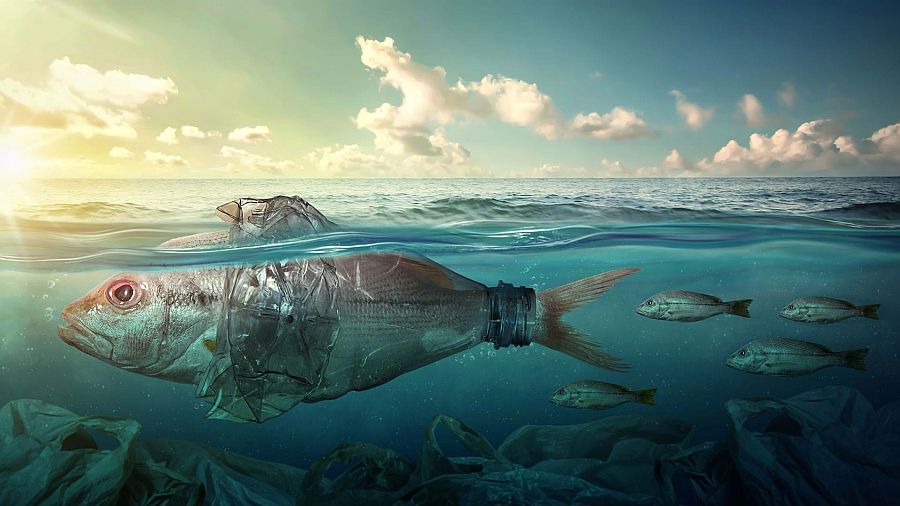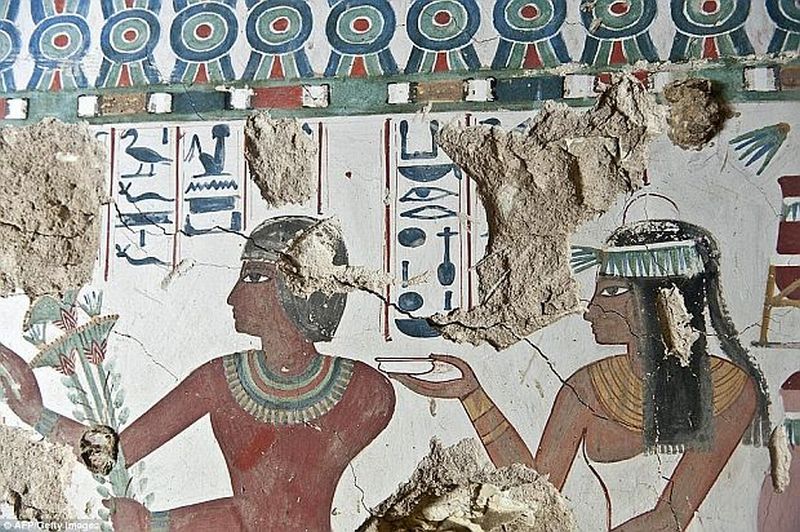Plants have a complex and in interesting biochemical communication networks. The workings of these networks resemble our web of social networks. Like we chat through words and sounds and emojis, the flora makes use of scents and signals.
Read MoreTag: earth science
Book Review: The Sixth Extinction by Elizabeth Kolbert
In The Sixth Extinction: An Unnatural History, Elizabeth Kolbert explores the current state of biodiversity loss and the role that human activities have played in causing it. Kolbert is an American journalist and author. She is the editor of “The Best American Science and Nature Writing 2009” and the author of “The Prophet of Love: And Other Tales of Power and Deceit,” “Field Notes from a Catastrophe,” and “The Sixth Extinction,” for which she won the Pulitzer Prize for general nonfiction in 2015. The Sixth Extinction provides a detailed analysis…
Read MoreBook Review: The Story of the Dinosaurs in 25 Discoveries by Donald R. Prothero
Since the origin of life in 3.5 billion years ago, hundreds of millions of species might have lived on planet earth. Most of those are extinct by now. In his exceptional book, The Story of the Dinosaurs in 25 Discoveries: Amazing Fossils and the People Who Found Them, Donald R. Prothero has tried to surface those species that led to the landmarks in evolution. The idea was to signify evolutionary transition from one group to another. An interesting read for those who are looking for history of dinosaur science. Very…
Read MoreSentinel-6 in Orbit to Monitor Global Ocean: Earth Observing Satellite
Ocean-Monitoring Satellite Sentinel-6 Michael Freilich launched at 9:17 a.m. PST on Nov. 21, 2020, from Space Launch Complex-4 at Vandenberg Air Force Base (VAFB) in California.
Read MoreOur Consumption Habits Cause Trash In The Ocean: Marine Debris
Marine trash or marine debris is human made solid material that is abandoned on beaches. This waste eventually goes into the ocean.
Read MoreWildlife can protect themselves from extinction: Study on Tiny Jewels
With an increase in human population and global warming, many species of flora and fauna around the globe have gone extinct while many others are at the verge of extinction. Researchers are conducting various studies to save critically endangered species through understanding their life cycle and mating behavior and mating them in the lab to increase the population.
Read More10 Photographs depicting Egyptian Tombs with colorful murals unseen for thousands of years
An American research team was able to surface an old tomb in the southern city of Luxor. The Tomb belonged to Amenhotep, protector of Amun’s temple, an Egyptian deity. As per the sources, the tomb dates back to the 18th century’s New Kingdom.
Read MoreMummified Monk encased in 1000-year-old statue: At a higher state of Meditation
What supposed to be 11th or 12th century sitting effigy of Buddha is not a statue but mummified remains of a monk. A CT scan and endoscopy performed by the Netherlands-based Drents Museum at the Meander Medical Centre in Amersfoort made the astonishing discovery. Speculation holds that the mummy could be of Liuquan, a mentor of Lama Dashi-Dorzho Itigilov. Born in 1852, Lama Itigilov was a monk following Tibetan Buddhist tradition and was famous for the lifelike state of his body. Another equally startling discovery was surfaced when the scan…
Read MoreGeologic processes in Earth’s Interior responsible for creating Oceans: Geoscientific Mystery
Emergence of water is the best part in the origin of life on the planet Earth. Without water, Earth might not have looked like what it is today, but the question how water first appeared on our Blue Planet is still a mystery. The most popular theory suggests that the collision of enormous icy comets with dry and inhospitable Earth, resulted in deposition of water on the surface.
Read MoreVolcanic Eruptions or Asteroid Collision: What really killed the dinosaurs?
Reason related to what led to the extinction of dinosaurs remains debatable. Until now, the most acceptable theory states that around sixty six million years ago, an asteroid as wide as 5 miles and moving at a speed of 70,000 miles per hour bumped into the Earth. The dust from this massive collision blocked the sun and in turn causing catastrophic chains of events that led the extinction of dinosaurs along with three-quarters of other species of the planet.
Read MorePeruvian Mummy curled up for 1,000 years: Human Remains on Display
In an excavation work near Lima, capital and the largest city Peru, a mummy dating back to the eleventh century has been discovered. As per the experts, the skeleton is that of a 50-year-old woman, sitting in a foetal position. It is expected that during some ceremonial ritual of the Pachacamac civilization, the resting position was such that with the passage of time (years), the skeleton retained the foetal position. Burial site was happened to be at a significant distance from the abandoned civilization’s temple.
Read MoreECOSTRESS: The New Thermometer for detecting Earth’s Temperature
NASA’s Jet Propulsion Laboratory is developing a space-based instrument for detecting transpiration within plants so that the flora can effectively use water. ECOsystem Spaceborne Thermal Radiometer Experiment (ECOSTRESS) is the name of the device that will be docked on the space station for monitoring the water loss through nano-pores occurring within leaves.
Read MoreEarlier Asteroid Impacts led to the formation of Earth’s Crust: Geological Evolution
Last year we talked about how meteor impact led to pastoral revolution and now recent research on Earth’s surface revealed that the planet was in a constant reprocessing process due to the huge asteroid impacts. The new approach utilizing the terrestrial bombardment model based on lunar and terrestrial data disclosed that asteroid collisions where the game changer which caused evolution of the topmost layers of Earth during its initial stages, which happened around 4.5b years ago. Yvonne Pendleton, NASA’s Solar System Exploration Research Virtual Institute (SSERVI) Director added that repeated…
Read MoreFrog could assist Astronomers in Space Mission: Maintaining Muscles under Zero Gravity
Often researchers have studied animals to seek answers to certain queries. This time again, researchers are studying a tiny hibernating frog that would help astronomers in their future space mission. Space travel has several short and long term impacts on the health of astronomers. Researchers are specifically studying Cyclorana alboguttata, a green striped burrowing frog that hibernate for several months without experiencing any muscle wastage.
Read MoreUnlocking East Antarctica would yield to Escalation in Sea-Level Rise: The Uncontrollable Ice-Melt
Today cities situated along the coast or on the islands are under constant threat, posed by the sea level rise caused due to changes in the climate. As the climate gets warm, sea level would rise due to melting of glaciers and it is known fact that warm water requires more space than compact water stored in the form of ice. Therefore, researchers are continuously monitoring changes in the climate and its impact on the lives of millions of humans that would get displaced if the sea level rise considerably.
Read More














